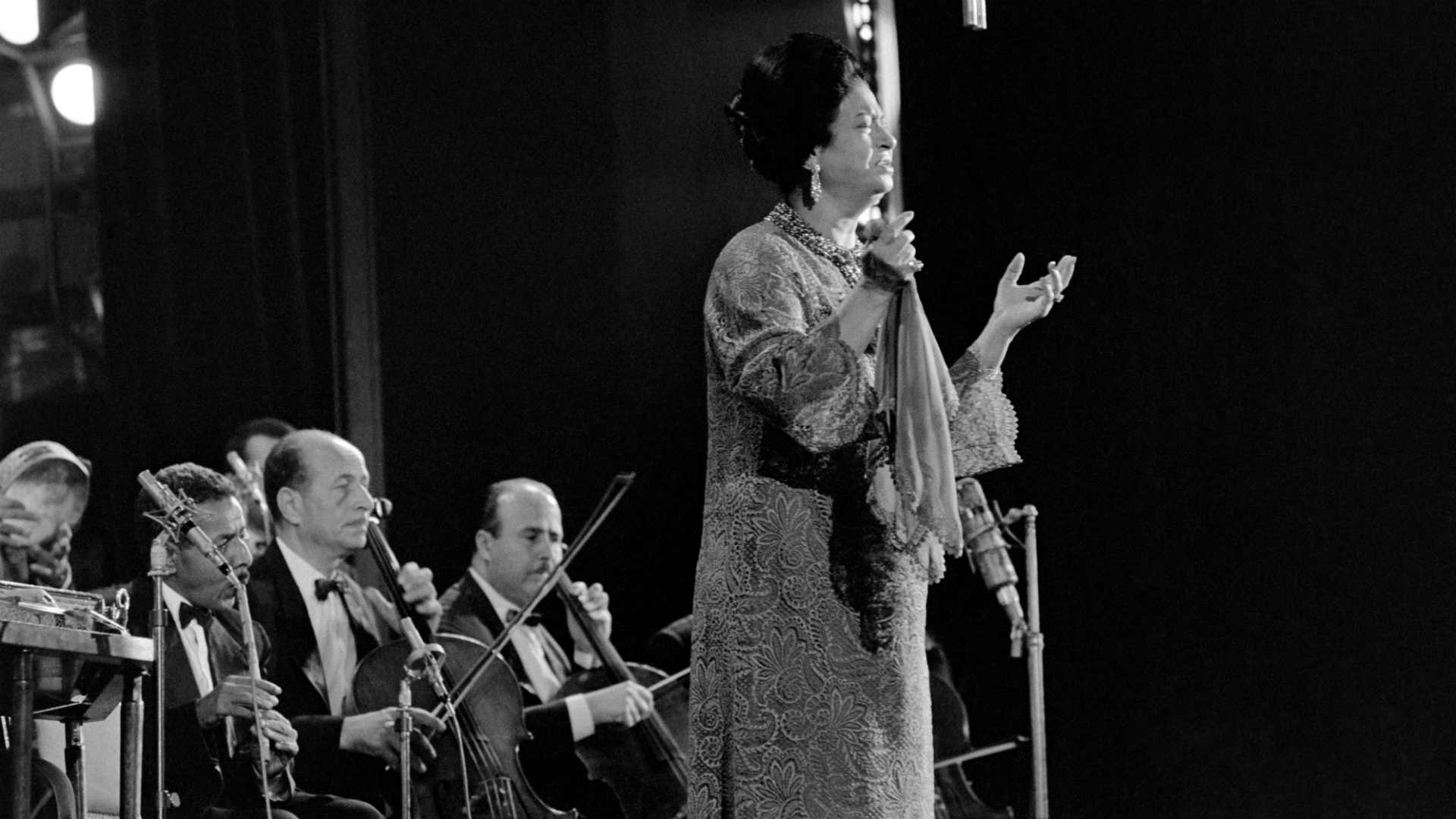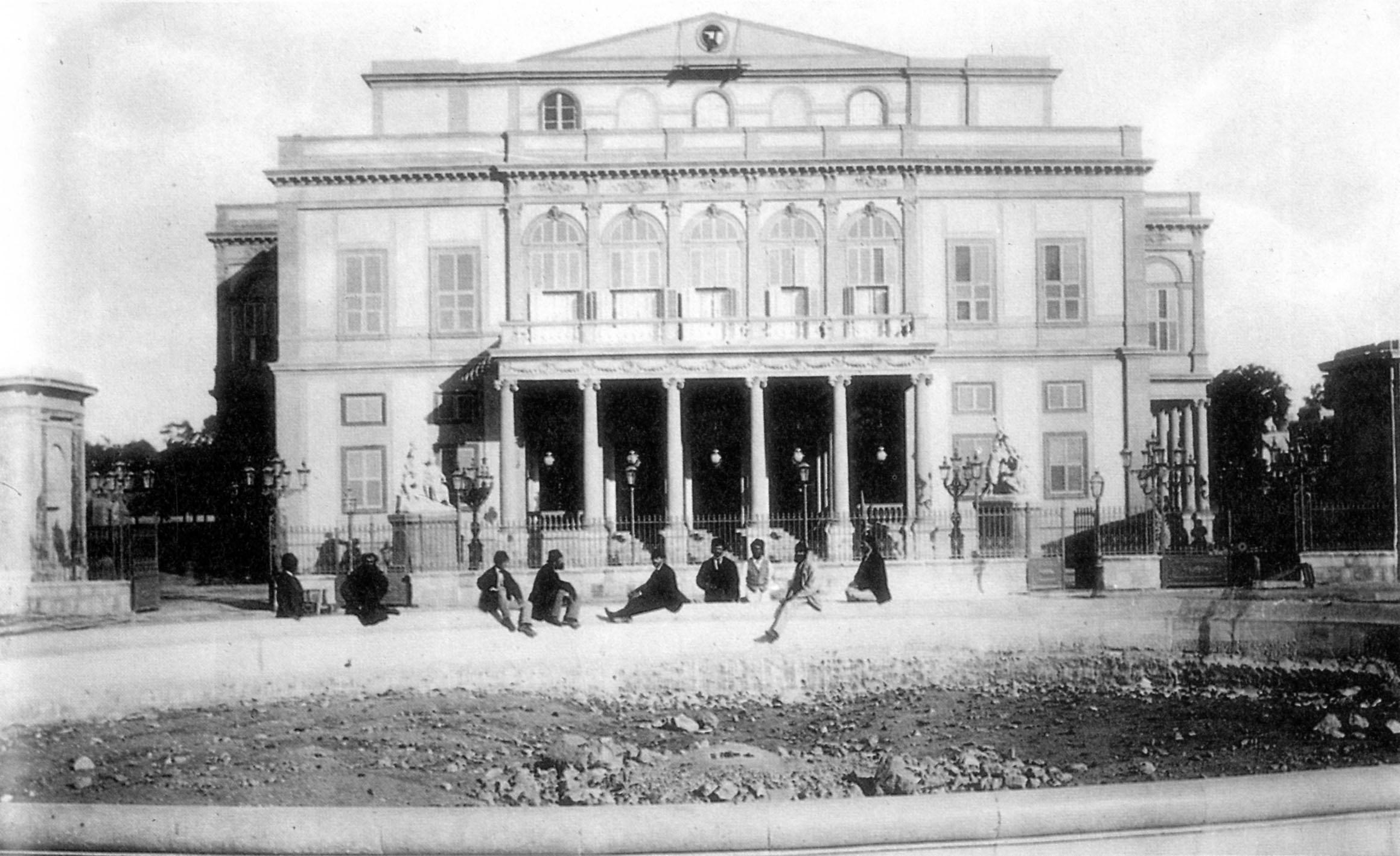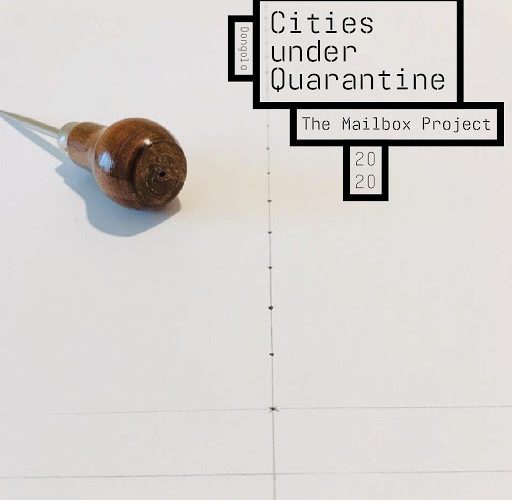Arts & Culture
12.6.2023
How encounters with the West shaped Arab classical music

Classical Arabic music bears witness to the fruitfulness of the encounter between two different cultures.
In both Arab and European historiography, the Napoleonic campaign in Egypt is seen as a cultural turning point. In Europe, it ignited a fascination with the Orient, igniting the emergence of Orientalism. In the Arab world, however, it was different. The campaign led the Arab world to discover a very deep technological and cultural lag between the region and the world. For many Arabs, this was an opportunity to catch up, to enter modernity as they saw it.
Around this period, numerous attempts were made for institutional modernization; the creation of modern schools, administrations, and armed forces for example in Tunisia and Egypt are one notable example. However, this desire for administrative and institutional modernization was also accompanied by a desire for cultural reform and change. Other than administrative and military institutions, musical ones were also inaugurated. The Egyptian ruler Mohammed Ali Pacha, for example, created 5 different musical schools in Egypt during his reign, most of them focusing on Franco-German music. Mohammed Ali Pacha’s grandson, Khedive Ismail Pasha, created the Khedivial Opera in Cairo, introducing Italian music in addition to French and German music. This has led to the increase of musicals in Egypt, and Cairo, and formed a new generation of musicians, including the mentors of famous Arab musicians-to-be. The establishment of the Khedivial Opera in Cairo also allowed for the introduction of Western instruments in Egypt, chiefly the violin, which was then called by Egyptians “Kamanja Roumiyya”, meaning “Rumi Violin”, with the term Rumi colloquially used as a synonym of Western, or European.

The Khedivial Opera, Cairo.
These attempts, however, were meager, in both scale and effect. However, this would change with the onset of the French and English colonial empires in many Arab countries. The installation of colonial administrations led to an influx of Western artists in Arab capitals in general, including musicians. At that point, Western and Oriental music existed in the same city. However, the contact would be formalized with the establishment of musical conferences that allowed both European and local musicians to exchange.
Sayyid Darwish: A Revolution
In this context marked by the seeds of a cultural exchange, Sayyid Darwish emerged. Numerous historians believe that Darwish was one of the first major musicians to embrace Western musical traditions and incorporate them into his works. Sayyid Darwish was a student of Salama Hegazi, a 19th-century Egyptian singer who is considered a pioneer of musical theater in Egypt, itself an influence of the Khedivial Opera established during the 19th century. Sayyid Darwish’s earliest art productions were musicals themselves, chiefly “Al-Sitt Huda” and “Al-Barouka.” Sayyid Darwish’s notoriety is due to his managing to popularize musical theater to the masses, democratizing this art form that was once perceived as either an upper-class art or reserved for European colonists. Sayyid Darwish also employed emerging musical technologies at his time, chiefly recording devices like the phonograph. His works directly took from Western music, particularly polyphonic melodies that were not part of Arab or Oriental music.
Sayyid Darwish was also among the first musicians in the Arab world to have used the piano. Initially, more conservative musicians around him were very reluctant to introduce this instrument.
When Sayyid Darwish was asked about his embrace of Western instruments, Darwish replied: ‘Just as I abandoned the traditional Egyptian attire of the ‘gibba’ and ‘qaftan’ in favor of Western suits.’ For him, adapting to Western music was not merely an aesthetic choice but also a reflection of the changes of the 20th century.”
Voir cette publication sur Instagram
Soon enough, other artists followed suit, most notably Muhammad Abdelwahab, one of the most popular Arab musicians of the 20th century, who used the piano for the first time in his piece “Al-Siba wa al-Jamal.” Mohammad Abdelwahab was among the conservative musicians who were not eager to embrace Western influence at the beginning, but after he adapted and embraced this foreign influence, he explained “Eastern music alone is no longer suitable for nourishing the soul of the Arab listener in this era.” Mohamed el-Qasabgi, another hallmark of Arab and Egyptian music, was also opposed to Abdelwahab’s usage of orchestral melodies, only to do the same a couple of years later and integrate polyphonic music in his works, testified by his song “Ya Majd” which was sung by Umm Kulthum, dubbed as “Star of the East” and arguably the most iconic Arab musician.
popular

